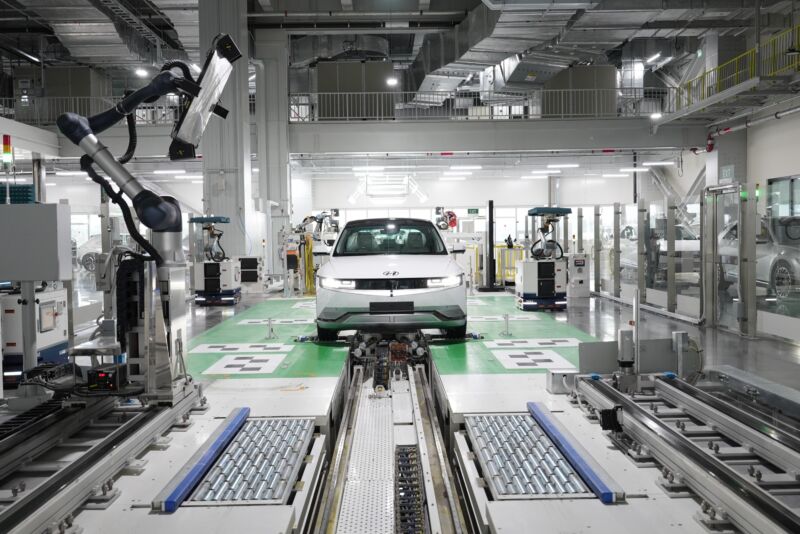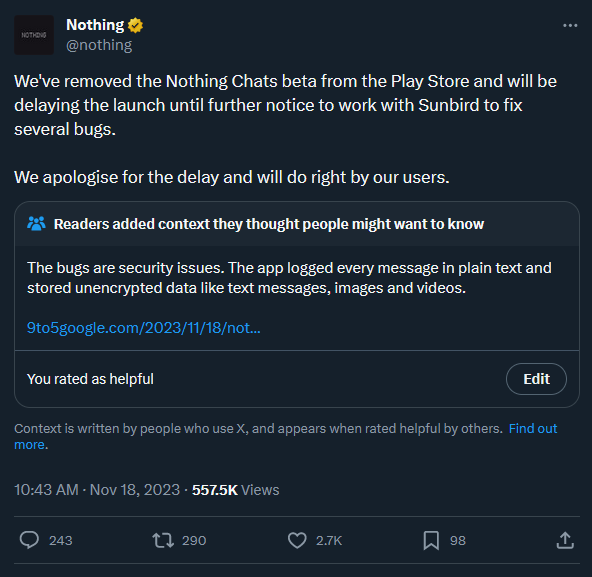
Enlarge / Google is looking pretty dilapidated these days. (credit: Aurich Lawson)
Chrome’s new adblock-limiting extension plan is still on. The company paused the rollout of the new “Manifest V3” extension format a year ago after an outcry over how much it would damage some of Chrome’s most popular extensions. A year later, Google is restarting the phase-out schedule, and while it has changed some things, Chrome will eventually be home to inferior filtering extensions.
Google’s blog post says the plan to kill Manifest V2, the current format for Chrome extensions, is back on starting June 2024. On that date (we’ll be on “Chrome 127” by then), Google will turn off Manifest V2 for the pre-stable versions of Chrome—that’s the Beta, Dev, and Canary channels. Google says, “Manifest V2 extensions [will be] automatically disabled in their browser and will no longer be able to install Manifest V2 extensions from the Chrome Web Store.”
The timeline around a stable channel rollout is worded kind of strangely. The company says: “We expect it will take at least a month to observe and stabilize the changes in pre-stable before expanding the rollout to stable channel Chrome, where it will also gradually roll out over time. The exact timing may vary depending on the data collected, and during this time, we will keep you informed about our progress.” It’s unclear what “data” Google is concerned with. It’s not the end of the world if an extension crashes—it turns off and stops working until the user reboots the extension. Maybe the company is concerned about how many people Google “Firefox” once their ad-blocker stops working.
Read 6 remaining paragraphs | Comments
Source: Ars Technica – Google Chrome will limit ad blockers starting June 2024


















